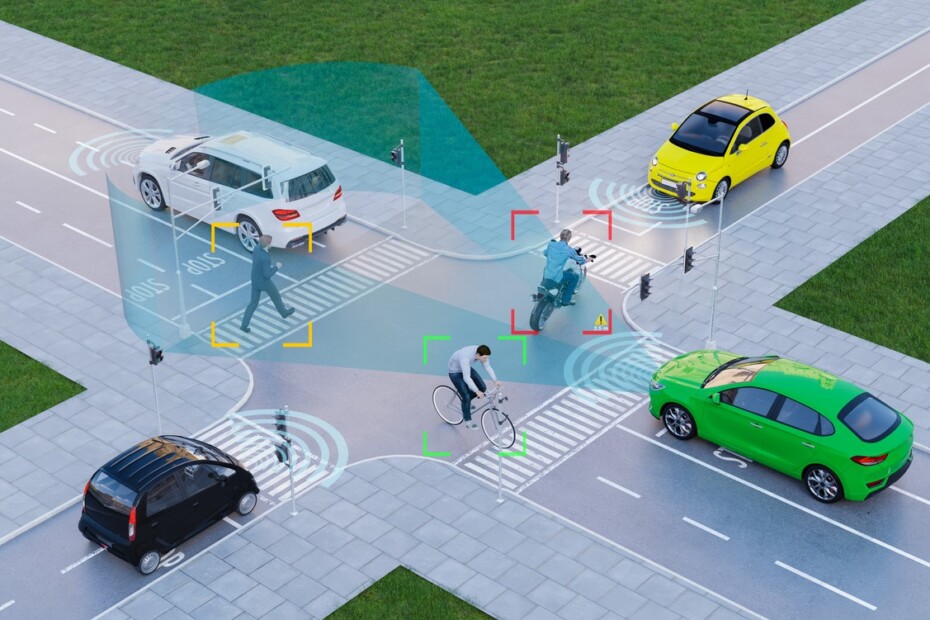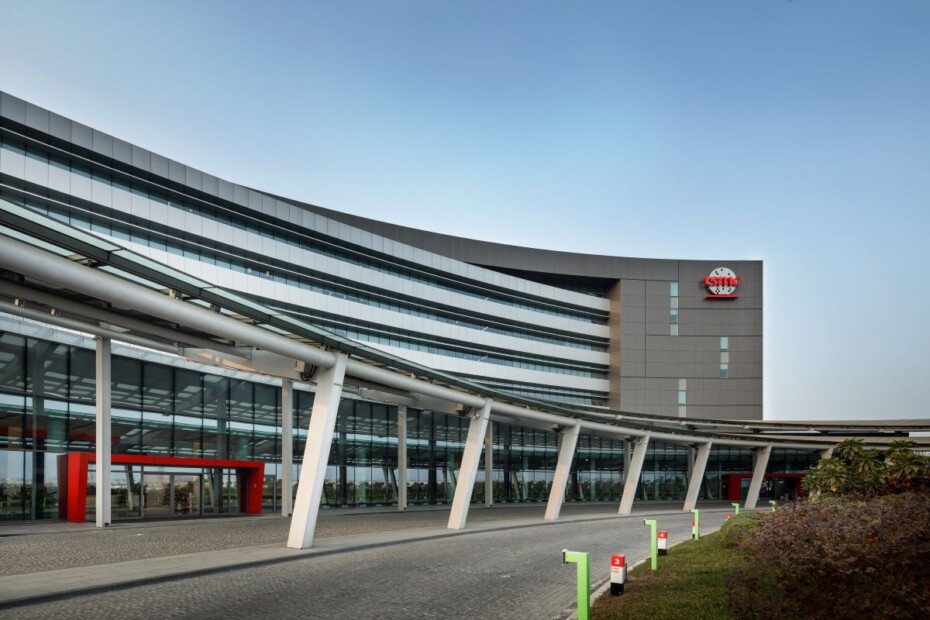ADAS in 2024: Don’t Expect Clarity on Autonomy & Safety
What’s at stake:
If 2023 marked the public’s disillusionment with robotaxis, 2024 augurs a big shift toward advanced driver assistance systems (ADAS) crammed with automated features. Expect the auto industry to play high-stakes games on the safety of highly automated driving, the accelerated use of embedded artificial intelligence, and a fresh emphasis on in-vehicle comfort and convenience.
The $64,000 question in 2024 boils down to this: what sort of future – vehicle platforms and applications – is envisioned by carmakers not named Tesla? Are these carmakers with Tesla, or prepared to chart their own destiny?
Read More »ADAS in 2024: Don’t Expect Clarity on Autonomy & Safety









